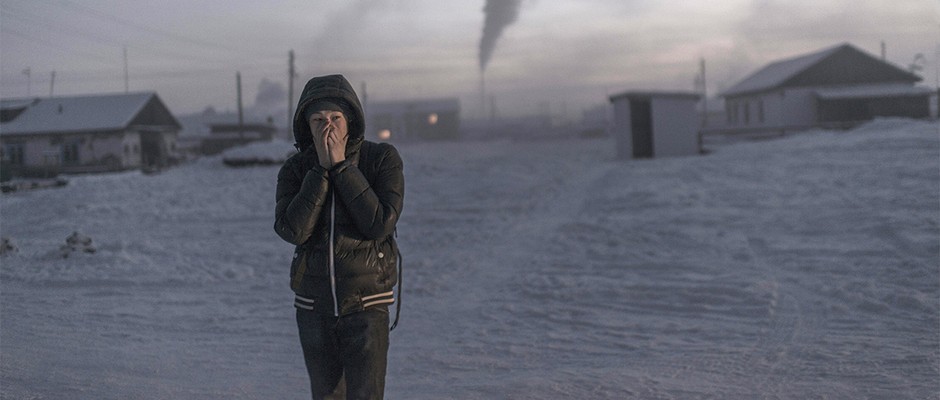
Earth's most extreme towns: Inside the hottest, wettest and riskiest settlements on the planet
Intense heat, freezing temperatures and deadly active volcanoes – meet the people living in the world's harshest climates.
The climate crisis and the increase in extreme weather events across the globe have made life difficult for many people who are already living in vulnerable areas.
Freezing temperatures, pollution, and lack of resources are the main barriers to healthy lives, as well as natural hazards like volcanoes and hurricanes. However, in many places people will put up with such dangers just to make a living, or to stay where their families have resided for generations.
We take a look at some of the harshest environments where people manage to survive.
Hottest place - Araouane, Mali
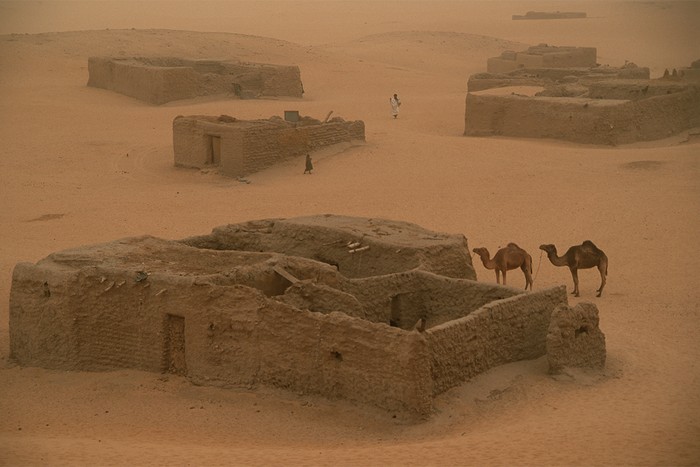
Araouane may well be the hottest inhabited place on Earth. Surrounded by barren desert, pounded by hideous sandstorms known as ‘harmattan’, and no rain to speak of, the 300 or so inhabitants of this village can bake in average summer temperatures of 46ºC. But as an important transport hub for the mining and transportation of salt, somebody's got to live there.
Coldest place - Oymyakon, Sakha Republic, Russia
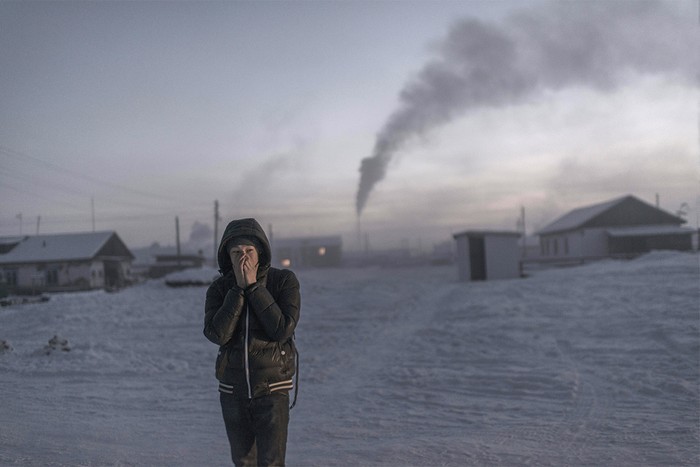
The village of Oymyakon, two days drive from the city of Yakutsk, is regarded as the coldest permanently inhabited settlement on Earth. 500 brave souls call this frozen landscape home, putting up with average winter temperatures of -50ºC and only three hours of daylight during the winter months.
In the town square, a monument commemorates the lowest temperature recorded there; a pretty chilly -71.2ºC in 1924. Despite this, summer temperatures have been known to reach 34ºC.
The people of Oymyakon survive on a diet of raw fish, and indeed ice fishing is one of the mainstays of the local economy.
Driest place - Arica, Atacama Desert, Chile
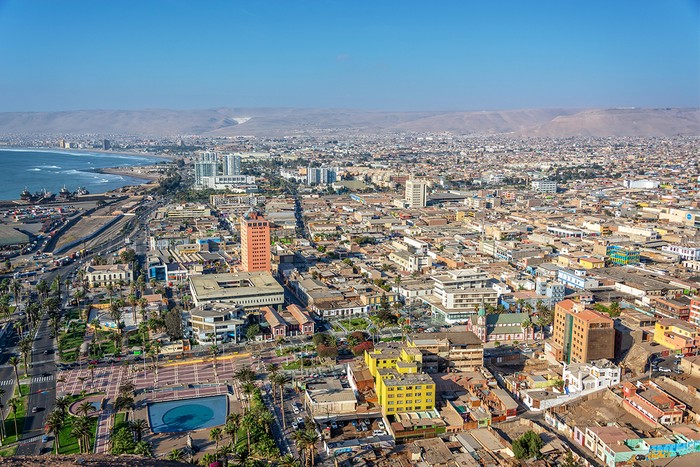
In some parts of the Atacama Desert rain hasn’t fallen for 500 years, which by any measurement is quite a dry spell. The nearby city of Arica (Chile) is the driest city on Earth, and on average only sees 0.761mm of rainfall per year.
These eye-watering figures haven't stopped the population growing to over 220,000, mainly due to its importance as a port city, being next to the Pan-American Highway and its thriving fruit industries located in the nearby valleys of Azapa and Lluta.
More like this
Most polluted place - La Oroya, Peru
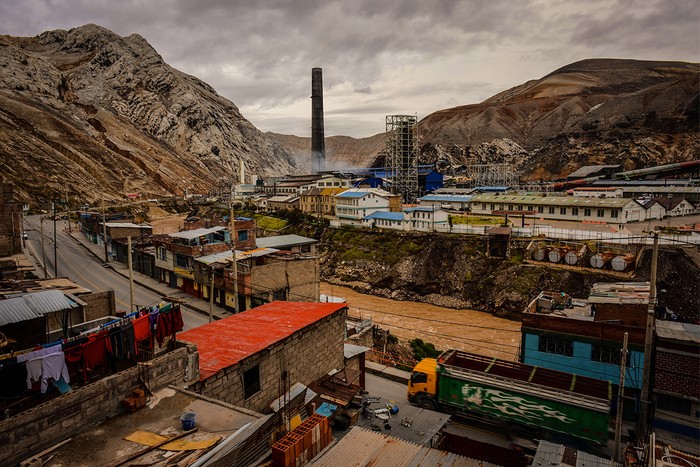
Life really is pretty awful for the 25,000 or so inhabitants in this city in central Peru, with dangerously high quantities of arsenic, lead and sulphur dioxide in the air, and acid rain destroying vegetation in the surrounding areas.
La Oroya is home to a smelting operation owned by Doe Run Peru, the city’s main employer, and produces metals such as gold, silver, bismuth and cadmium amongst others. It was recognised to be one of the most polluted places to live on Earth by the Blacksmith Institute in 2007, but efforts are being made to clean up the area and make things a lot better for the residents.
Riskiest place - Vanuatu, South Pacific Ocean
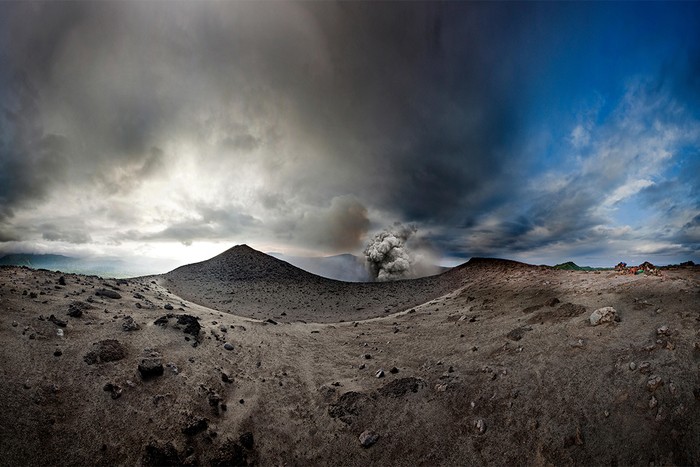
Fancy dodging deadly active volcanoes, earthquakes and tsunamis on a daily basis? Then why not head over to the Pacific Islands of Vanuatu, the riskiest place to live according to the UN’s World Risk Index.
Satellite data shows that sea levels have risen about 6mm per year around Vanuatu since 1993, and the average temperature is set to rise 1ºC by 2030 due to climate change.
If that’s not bad enough, in April 2020, the island was hit by Tropical Cyclone Harold, its worst in 5 years, with wind speeds reaching up to 250 kph.
More galleries on BBC Science Focus:
- The most weird and wonderful animals on the planet in this year's Underwater Photographer of the Year
- Woman Science Photographer of the Year announces its first ever winner
Most isolated place - Tristan de Cunha, South Atlantic
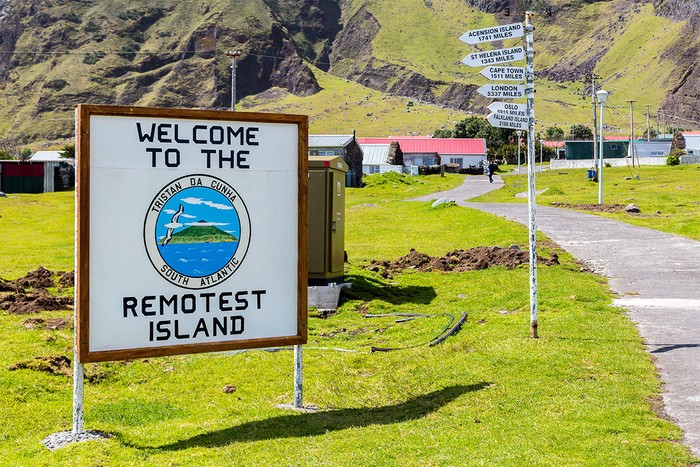
Situated in the South Atlantic Ocean, this tiny group of remote islands is home to 246 residents. Its isolation isn’t helped by the fact that it doesn’t have a strip of land big enough to land a plane on.
The only way on and off is by boat, and that in itself is a six-day trip from South Africa, some 2430km away. No matter what Katy Perry reckons, Just Eat would probably draw the line at delivering here.
Most population-dense place - Manila, Philippines

There is some debate as to which place has the most people squeezed into the smallest area on the planet. But with a staggering population density estimated to be 42,857 people per square km, the city of Manila is certainly up near the top of the charts.
A thriving port has led to a rapid economic development over the last 50 years, which has in turn resulted in population growth, a rise in pollution and chronic traffic problems. To cap things off, there is also a huge shortage of housing in the city, which has led to a lot more overcrowding.
Wettest place - Mawsynram, India

There is some dispute as the where the dampest place on Earth actually is. Mawsynram is listed as the place with the highest average rainfall by the Guinness Book of Records, but its nearby neighbour Cherrapunji still holds the all-time record for the most rainfall in a calendar month and over the course of a year.
What’s not in dispute though is the fact that you would find it very difficult to get your washing dry in either location.
Highest place - La Rinconada, Peru

On top of Mount Ananea, high in the Peruvian Andes, live 50,000 brave souls who call La Rinconada home. There is a good reason that this many people live a dizzying 5,100m above sea level. Essentially it is a modern day gold-rush town, with inhabitants battling over anything they can find in the unregulated gold mines located in nearby mountains.
If this sounds like a place the adventurer in you might want to visit, we suggest you probably give this one a miss. This town has no hotels and can take days to reach via a gravel road. Plus altitude sickness tends to kick in at about 3050m, so you might find yourself a tad short of breath.
Read more:
Authors

James Cutmore is the picture editor of BBC Science Focus Magazine, researching striking images for the magazine and on the website. He is also has a passion for taking his own photographs
Sponsored Deals

May Half Price Sale
- Save up to 52% when you subscribe to BBC Science Focus Magazine.
- Risk - free offer! Cancel at any time when you subscribe via Direct Debit.
- FREE UK delivery.
- Stay up to date with the latest developments in the worlds of science and technology.




